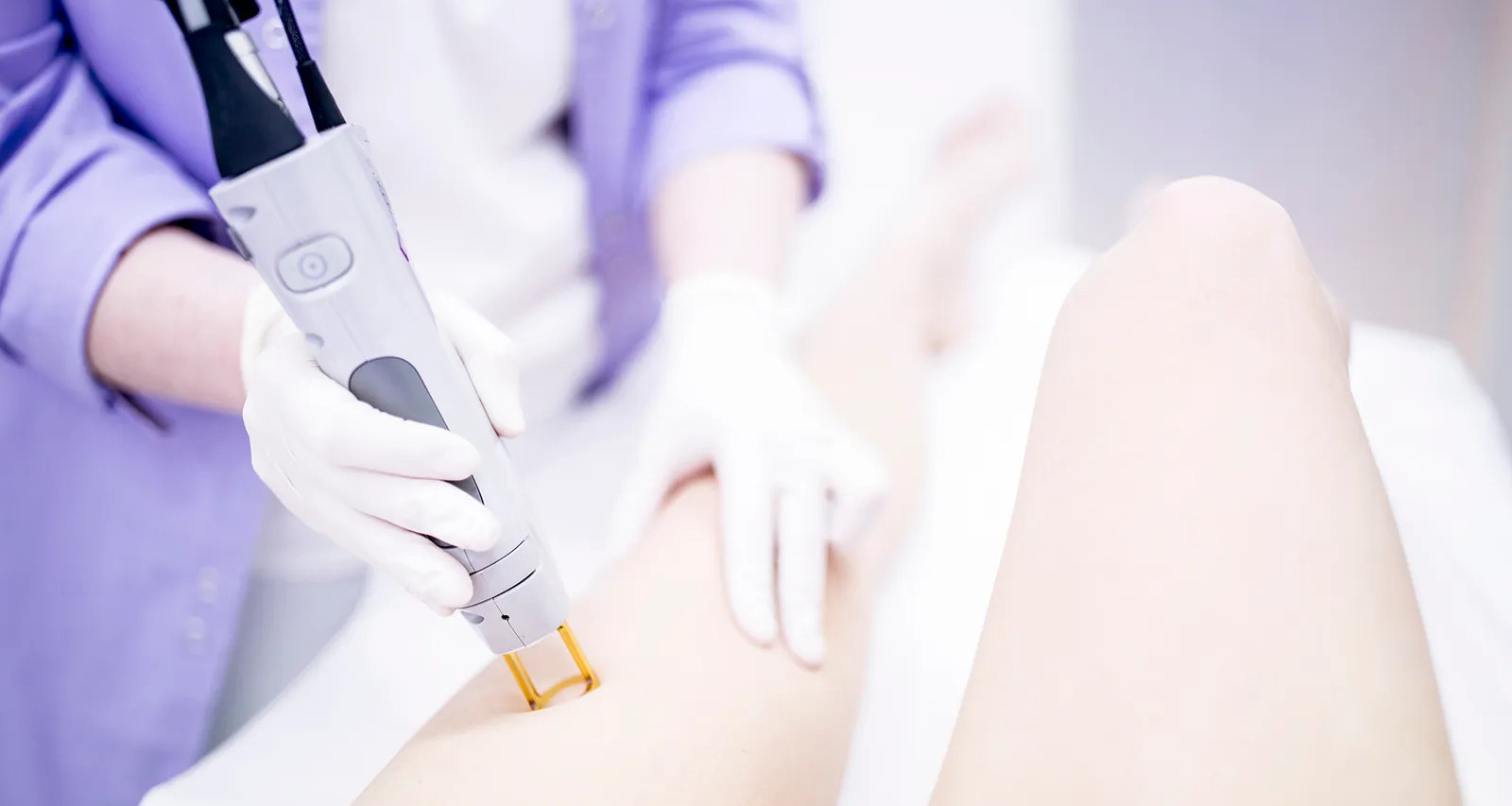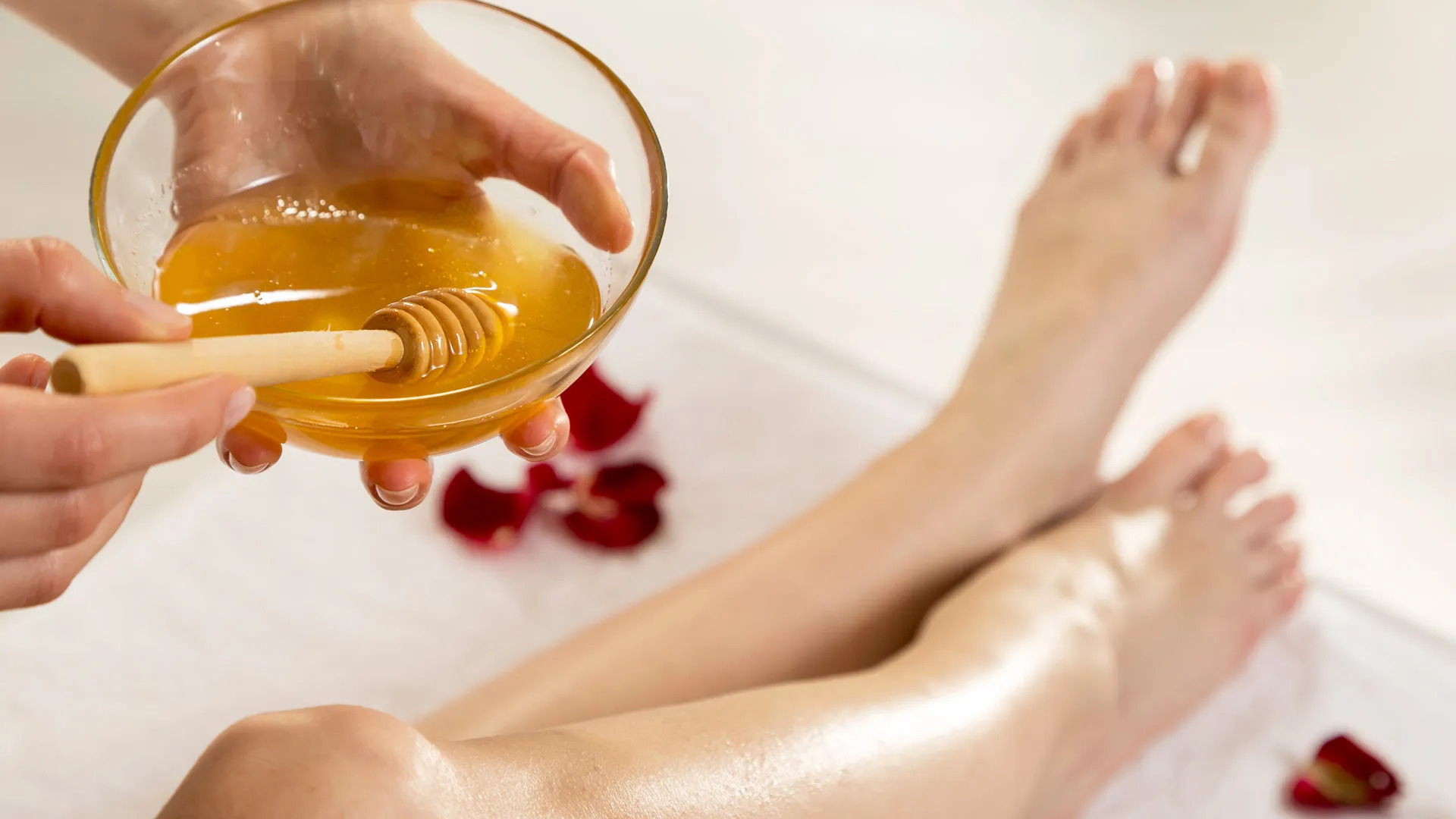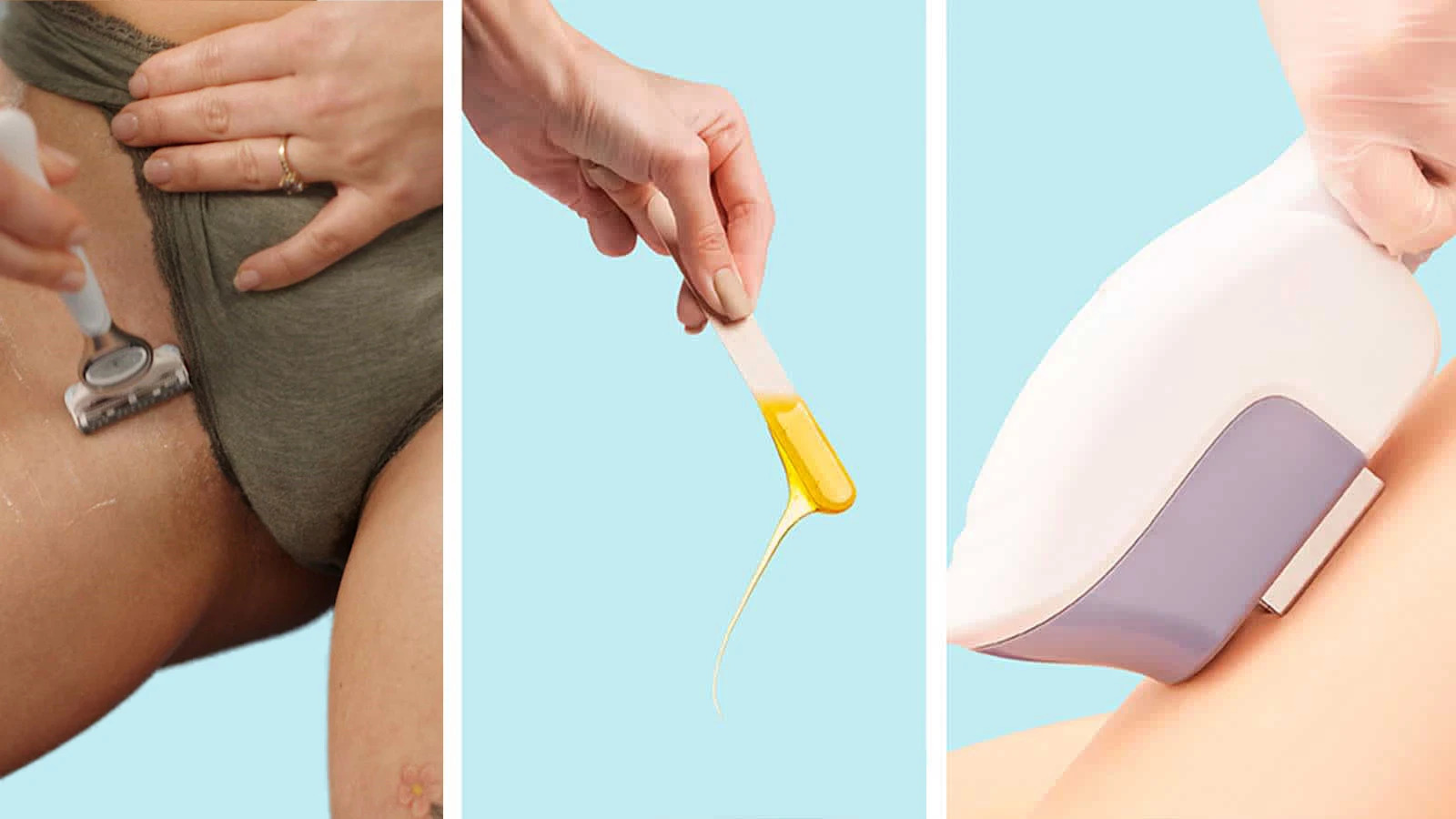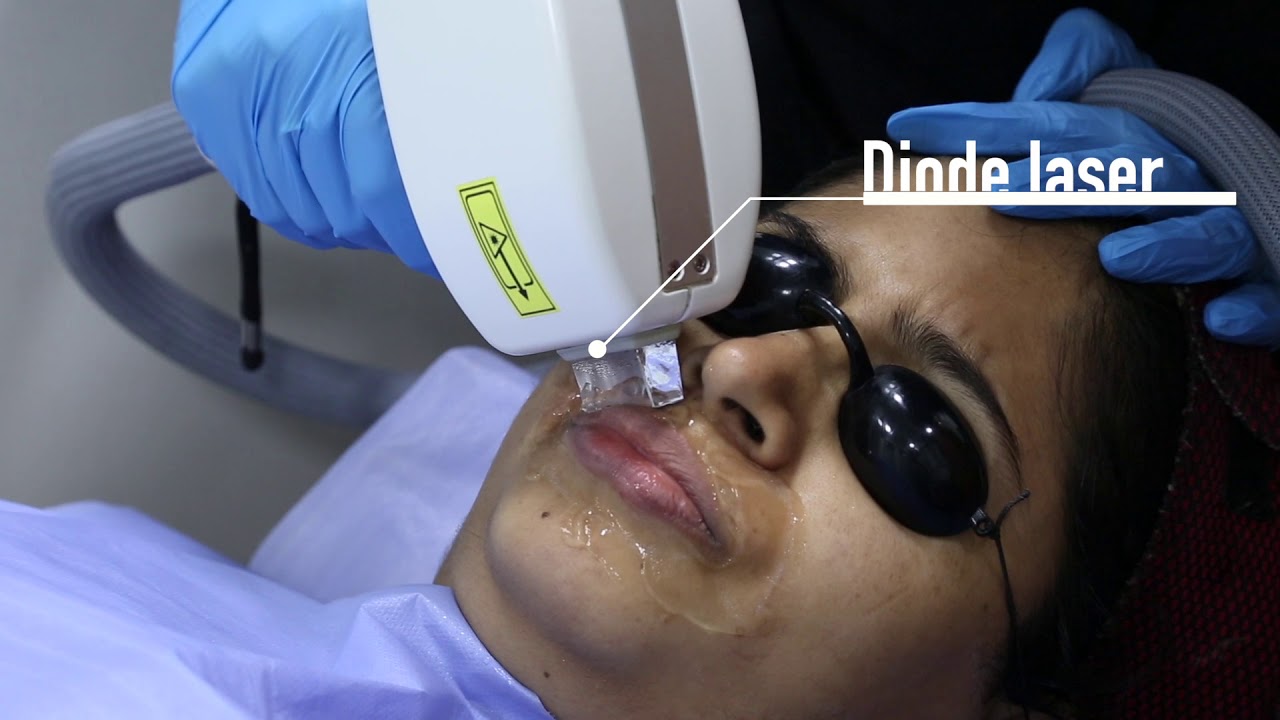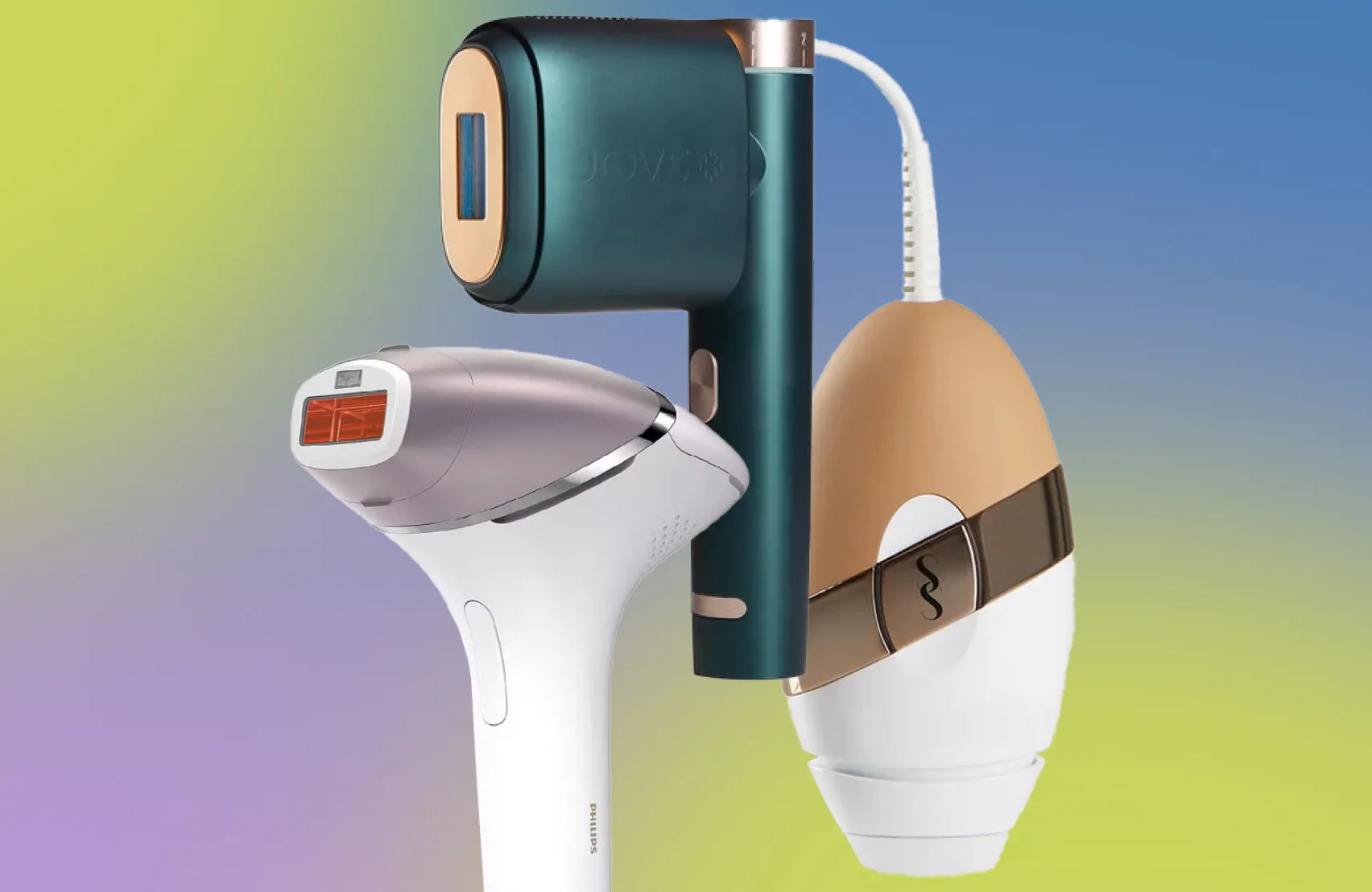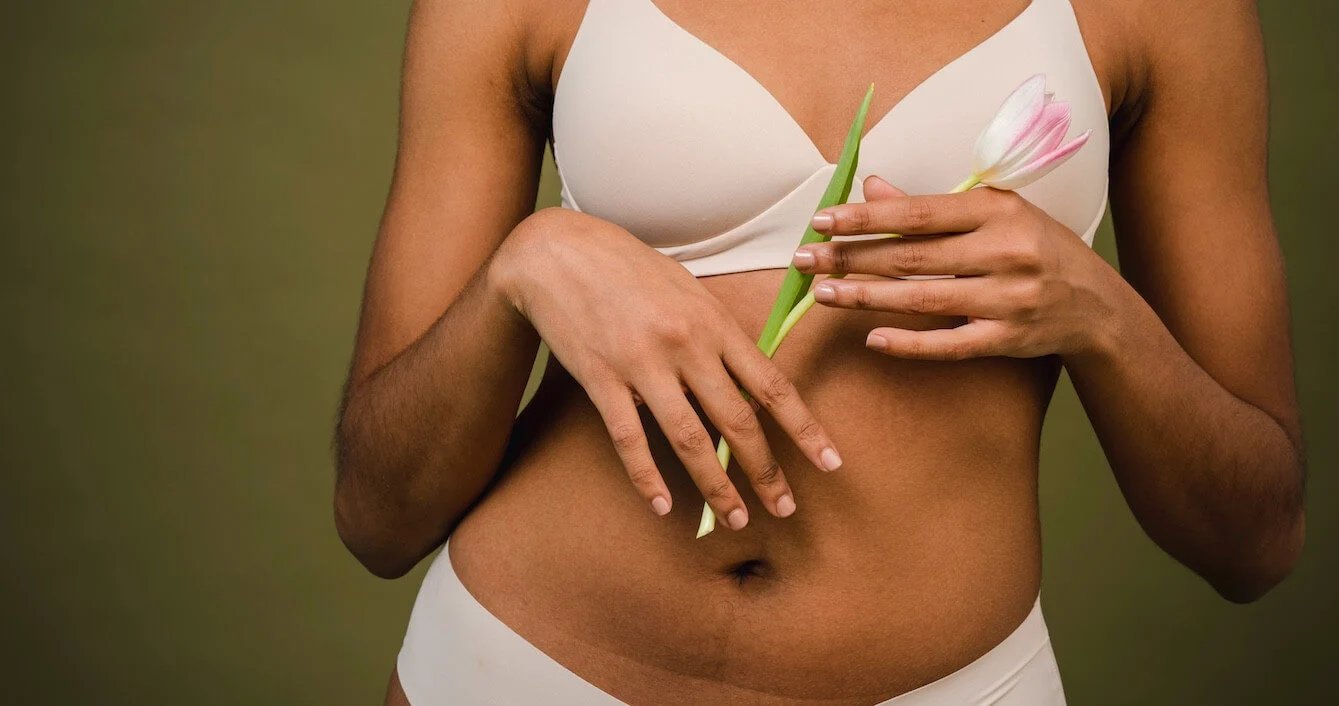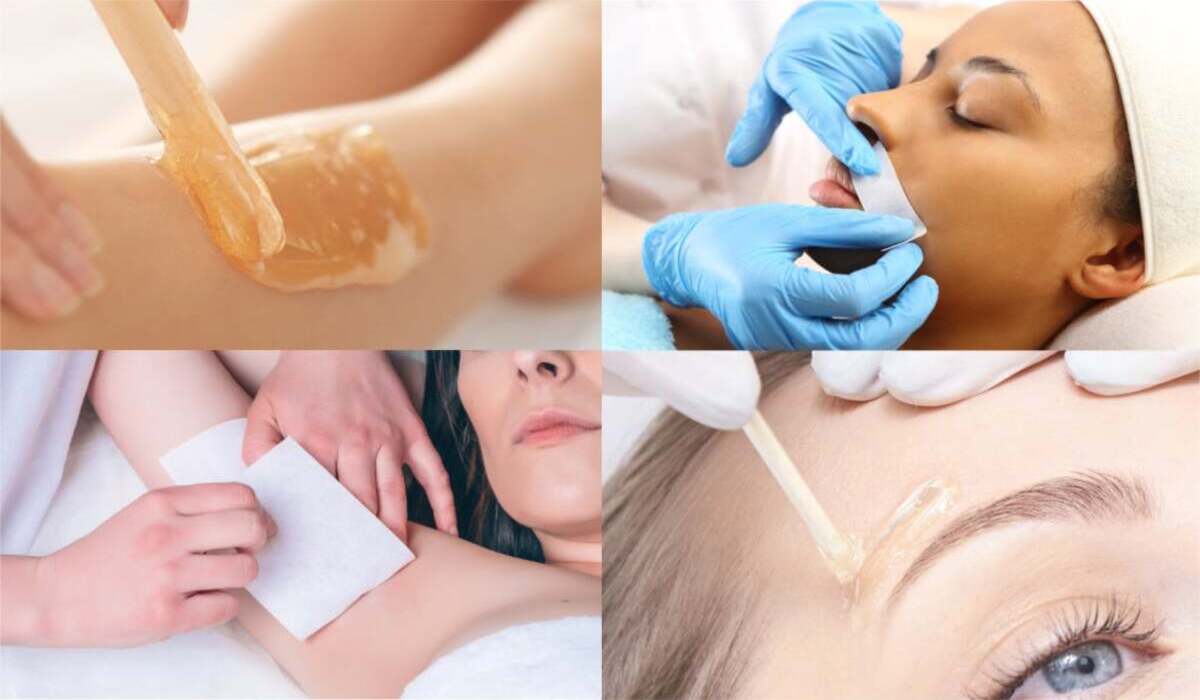Home>Latest Posts>What Is Sugaring Hair Removal
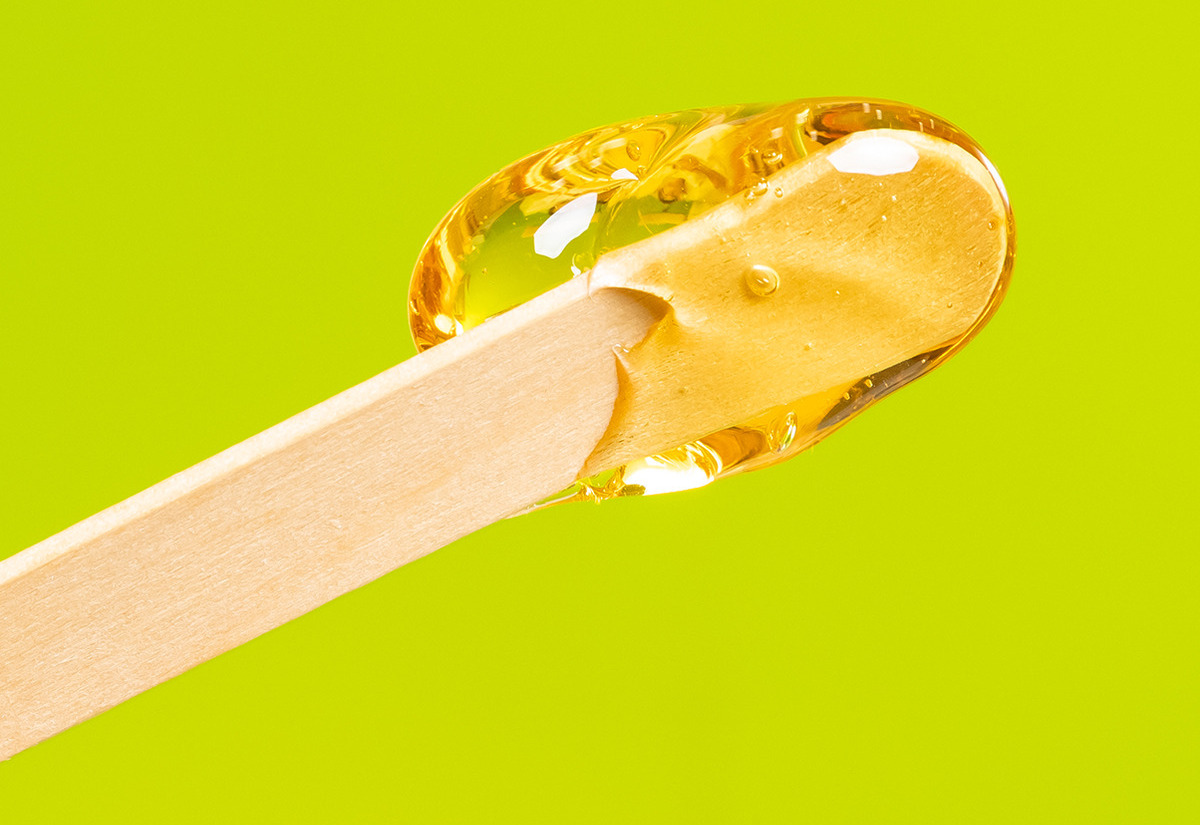

Latest Posts
What Is Sugaring Hair Removal
Modified: August 5, 2023
Get silky smooth skin with sugaring hair removal. Perfect for women looking for a natural and effective hair removal method.
(Many of the links in this article redirect to a specific reviewed product. Your purchase of these products through affiliate links helps to generate commission for Under-tec.com, at no extra cost. Learn more)
Table of Contents
- Introduction
- What is Sugaring Hair Removal?
- How Does Sugaring Hair Removal Work?
- Benefits of Sugaring Hair Removal
- Side Effects and Risks of Sugaring Hair Removal
- Sugaring Hair Removal vs. Waxing
- How to Prepare for Sugaring Hair Removal
- The Sugaring Hair Removal Process
- Aftercare and Maintenance for Sugaring Hair Removal
- Conclusion
Introduction
Welcome to the world of sugaring hair removal! If you’re tired of the hassle and discomfort of traditional hair removal methods like shaving or waxing, then sugaring might just be the solution you’ve been looking for. This ancient technique offers a natural and gentle way to remove unwanted hair, leaving your skin smooth and silky.
Sugaring hair removal has gained popularity in recent years as more and more people are seeking alternatives to traditional methods. Whether you’re concerned about the chemicals in wax or the harsh effects of shaving, sugaring provides a gentle and effective solution that is suitable for all skin types.
In this article, we will explore the ins and outs of sugaring hair removal. You’ll learn what sugaring is, how it works, its benefits, and any potential risks or side effects. We’ll also compare sugaring to other popular methods like waxing to help you make an informed decision. Additionally, we’ll provide tips on how to prepare for a sugaring session and how to properly care for your skin afterwards.
So, if you’re ready to say goodbye to the hassle of traditional hair removal and hello to smooth, hair-free skin, let’s dive into the world of sugaring hair removal!
What is Sugaring Hair Removal?
Sugaring hair removal is an ancient method of removing unwanted hair that dates back to ancient Egypt. It involves using a sticky paste made from natural ingredients, typically sugar, water, and lemon juice, to remove hair from the roots.
The sugar paste is applied to the skin in the opposite direction of hair growth and then swiftly removed, taking the hair along with it. This technique is similar to waxing, but with a few key differences. Sugaring paste is typically made with all-natural ingredients, making it an attractive option for those with sensitive skin or allergies. Additionally, the paste is applied at room temperature, reducing the risk of burns or discomfort.
One of the advantages of sugaring is that it can be used on various parts of the body, including the face, underarms, legs, bikini area, and even eyebrows. It effectively removes both fine and coarse hairs, leaving the skin smooth and hair-free.
The technique of sugaring has evolved over time, and there are now two common methods used: hand sugaring and strip sugaring. Hand sugaring involves applying the paste by hand and flicking it off to remove the hair. Strip sugaring, on the other hand, involves applying the paste in the same direction as hair growth and using fabric or paper strips to remove the hair.
Overall, sugaring hair removal offers a natural and gentle alternative to traditional hair removal methods. Its effectiveness and versatility have made it a popular choice for those seeking long-lasting hair removal without the drawbacks of other techniques.
How Does Sugaring Hair Removal Work?
Sugaring hair removal works by applying a sticky paste made from sugar, water, and lemon juice to the skin. This paste is similar in consistency to honey and adheres to the hair follicles. When the paste is swiftly removed, it takes the hair along with it from the root.
The sugar paste is applied in the opposite direction of hair growth, allowing it to seep into the follicles and wrap around the hairs. As the paste is removed, it pulls the hair out from the root, resulting in a longer-lasting hair removal compared to surface-level methods like shaving.
Unlike waxing, which can be quite hot and may cause discomfort, sugaring paste is typically used at room temperature or slightly warmed. This makes it a more comfortable option, especially for those with sensitive skin.
One of the unique aspects of sugaring is that it can effectively remove hair as short as 1/8 inch. This is because the paste adheres to the hair rather than the skin, making it easier to remove shorter hairs. This means you don’t have to wait for your hair to grow out as long as you would with other hair removal methods.
Another advantage of sugaring is that it exfoliates the skin during the process. The sticky paste helps to remove dead skin cells, leaving your skin feeling soft and smooth after the treatment. This gentle exfoliation can also help to prevent ingrown hairs, making sugaring a popular choice for those prone to this issue.
Overall, sugaring hair removal offers an effective and natural way to remove unwanted hair. Its unique application and removal process provide long-lasting results, minimal discomfort, and the added benefit of gentle exfoliation for smooth and healthy skin.
Benefits of Sugaring Hair Removal
Sugaring hair removal offers a range of benefits that make it an appealing choice compared to other hair removal methods. Here are some of the key advantages:
- Gentle on the skin: Sugaring paste is made from natural ingredients, typically sugar, lemon juice, and water. This makes it a gentle option for those with sensitive skin or allergies. The paste is also applied at room temperature, minimizing the risk of burns or discomfort.
- Long-lasting results: Sugaring removes hair from the root, resulting in slower regrowth compared to shaving or depilatory creams. With regular treatments, hair can become finer and less noticeable over time.
- Less painful: Many people find sugaring to be less painful than waxing. The paste adheres primarily to the hair rather than the skin, reducing the likelihood of tearing or irritating the skin.
- Exfoliation benefits: During the sugaring process, the sticky paste helps to exfoliate the skin, removing dead skin cells and promoting healthy skin rejuvenation. This can leave your skin feeling smooth and soft after each treatment.
- Can be used on various body parts: Sugaring is a versatile method that can be used on different areas of the body, including the face, legs, underarms, bikini area, and eyebrows. This makes it a convenient option for those looking for a comprehensive hair removal solution.
- Safe and hygienic: Since sugaring paste is made from natural ingredients without any added chemicals, it is considered a safe and hygienic method of hair removal. Additionally, the application process minimizes the risk of cross-contamination, making it a suitable choice for those concerned about cleanliness.
Sugaring hair removal offers a unique combination of gentle application, longer-lasting results, and the added benefit of exfoliation. These benefits, along with its natural and versatile nature, make sugaring a popular choice for those seeking an effective, gentle, and safe method of hair removal.
Side Effects and Risks of Sugaring Hair Removal
While sugaring hair removal is generally considered safe, there are a few potential side effects and risks that you should be aware of:
- Redness and Irritation: After sugaring, it is common to experience some temporary redness or irritation. This is a natural reaction to the hair removal process and typically subsides within a few hours. However, individuals with sensitive skin may experience more prolonged redness or irritation.
- Ingrown Hairs: Sugaring, like other forms of hair removal, can occasionally lead to ingrown hairs. These occur when the hair follicle becomes blocked and the new hair grows beneath the skin’s surface. To minimize the risk of ingrown hairs, it is important to exfoliate regularly and maintain a proper skincare routine.
- Allergic Reactions: While sugaring paste is made from natural ingredients, there is still a small chance of allergic reactions. If you have known allergies to any of the components in the paste, it is advisable to do a patch test on a small area of the skin before undergoing a full treatment.
- Burns: Although sugaring paste is typically used at room temperature or slightly warmed, there is still a risk of burns if the paste is heated too much. If the paste feels uncomfortably hot, it is important to let it cool down before applying it to the skin.
- Unsatisfactory Results: Depending on various factors such as the hair’s thickness and length, individual results from sugaring may vary. It is possible to have some hair breakage during the process, leading to an incomplete removal. However, with experienced estheticians and proper technique, this risk can be minimized.
If you experience any severe or prolonged side effects after sugaring, it is recommended to consult with a healthcare professional or an experienced esthetician. They can provide guidance and offer suitable remedies or alternatives.
Overall, while the risks associated with sugaring are minimal, it is important to be aware of potential side effects and take necessary precautions to minimize them. With proper technique and aftercare, the majority of individuals can enjoy the benefits of sugaring with minimal complications.
Sugaring Hair Removal vs. Waxing
When it comes to hair removal, two popular options are sugaring and waxing. While they are similar in their objective of removing unwanted hair, there are some key differences between the two methods. Let’s compare sugaring hair removal and waxing to help you determine which option suits you best:
- Ingredients: Sugaring paste is typically made from natural ingredients like sugar, lemon juice, and water, making it an attractive choice for those with sensitive skin or allergies. On the other hand, waxing products often contain chemicals or resins that may cause irritation for some individuals.
- Application and Removal: Sugaring paste is applied in the opposite direction of hair growth and removed in the direction of hair growth, while wax is typically applied in the direction of hair growth and removed against the hair growth. This difference in technique can result in less discomfort during sugaring compared to waxing.
- Pain Level: Many individuals find sugaring to be less painful than waxing. This is because sugaring paste adheres primarily to the hair instead of the skin, reducing the likelihood of tearing or irritating the skin during hair removal.
- Hair Length: Unlike waxing, which requires a certain length of hair for effective removal, sugaring can effectively remove hair as short as 1/8 inch. This means you don’t have to wait as long between sessions and can maintain smooth skin more consistently.
- Clean-up: One advantage of sugaring is that it can be easily cleaned up with water, as the paste is water-soluble. Wax, on the other hand, often requires additional products to remove any residue from the skin.
- Ingrown Hairs: Both sugaring and waxing can help reduce the occurrence of ingrown hairs, but sugaring is often considered gentler on the skin, making it a preferred option for those prone to ingrown hairs.
Ultimately, the choice between sugaring and waxing will depend on your personal preferences, skin sensitivity, and desired results. It may be helpful to try both methods and see which one works best for you. Additionally, finding an experienced esthetician who specializes in your preferred method can greatly enhance your hair removal experience.
Remember to consider factors such as pain level, ingredients used, ease of application, and hair regrowth length when making your decision. Ultimately, both sugaring and waxing can provide effective and long-lasting hair removal, so choose the one that aligns with your preferences and goals.
How to Prepare for Sugaring Hair Removal
Preparing for a sugaring hair removal session is essential to ensure a smooth and effective experience. Here are some tips to help you prepare for your sugaring session:
- Let your hair grow: Unlike waxing, which requires a certain hair length for optimal results, sugaring can effectively remove shorter hair. However, to ensure that the sugar paste adheres properly, it is recommended to have at least 1/8 inch of hair growth. Avoid shaving or using other hair removal methods for at least two weeks before your appointment.
- Gently exfoliate: Prior to your appointment, gently exfoliate the area to be sugared. This helps to remove dead skin cells and allows the hair to be easily lifted from the follicles. However, be sure not to over-exfoliate or irritate the skin as this can increase sensitivity during the session.
- Cleanse the skin: On the day of your appointment, ensure that the area to be sugared is clean and free from any lotions, oils, or other products. This allows the sugar paste to adhere properly to the hair and reduces the risk of any residue interfering with the hair removal process.
- Avoid sun exposure and tanning: It’s best to avoid direct sun exposure or tanning beds for at least 24-48 hours before your sugaring session. Sunburned or tanned skin can be more sensitive and may increase the likelihood of discomfort during the hair removal process.
- Communicate with your esthetician: Before the session begins, communicate any allergies, skin sensitivities, or previous skin reactions you may have had. This will help the esthetician tailor the treatment to meet your specific needs and ensure the best possible outcome.
By following these preparation tips, you can help ensure a successful sugaring hair removal session. Remember to consult with your esthetician or follow any specific instructions they provide to get the most out of your treatment.
The Sugaring Hair Removal Process
The sugaring hair removal process involves several steps to ensure effective hair removal and a comfortable experience. Here’s a breakdown of what to expect during a sugaring session:
- Cleansing: The esthetician will cleanse the area to be sugared to remove any dirt, oils, or lotions. This step ensures that the sugar paste adheres properly to the hair and minimizes the risk of any residue interfering with the hair removal process.
- Application: The esthetician will apply the sugar paste to the skin in the opposite direction of hair growth. The paste is spread thinly and evenly, covering the entire area to be sugared.
- Removal: Once the paste has been applied, the esthetician will swiftly remove it in the direction of hair growth. This is done using a quick flicking motion, allowing the paste to adhere to the hairs and lift them from the follicles.
- Repeat: The process is repeated in small sections until the entire area has been sugared. This ensures that all unwanted hair is effectively removed.
- Finishing touches: After the sugaring process is complete, the esthetician will inspect the treated area to ensure all hairs have been successfully removed. They may use tweezers to pluck any stubborn hairs that were missed during the initial application and removal.
- Aftercare: Once the sugaring session is finished, the esthetician will provide aftercare instructions. This may include avoiding sun exposure, applying soothing creams or lotions, and avoiding exfoliation for a few days.
The length of a sugaring session can vary depending on the size of the area being treated and the individual’s hair growth. Sessions typically range from 15 minutes for smaller areas like the upper lip to 60 minutes for larger areas like the legs.
During the process, it’s important to communicate with your esthetician if you experience any discomfort or if the heat of the paste feels too hot. They can adjust their technique or the temperature of the paste to ensure your comfort.
Overall, the sugaring hair removal process offers an effective and efficient way to remove unwanted hair, leaving your skin smooth and hair-free.
Aftercare and Maintenance for Sugaring Hair Removal
After completing a sugaring hair removal session, it’s important to follow proper aftercare and maintenance to keep your skin healthy and maintain the results. Here are some essential tips for post-sugaring care:
- Avoid touching or scratching: After sugaring, the skin may be more sensitive, so it’s important to avoid touching or scratching the treated area. This reduces the risk of irritation or introducing bacteria to the freshly sugared skin.
- Avoid hot baths or showers: It’s best to avoid hot baths, showers, saunas, or any activities that may cause excessive sweating for at least 24 hours after sugaring. This helps to prevent irritation and potential infection in the hair follicles.
- Avoid sun exposure: Direct sun exposure can further sensitize the skin after sugaring. It’s recommended to avoid prolonged sun exposure for at least 24-48 hours and to wear sunscreen if going outside.
- Exfoliate gently: After a few days, you can start gently exfoliating the treated area. This helps to prevent ingrown hairs by removing dead skin cells and allowing new hair to grow properly. Use a gentle exfoliator or a soft brush and exfoliate in circular motions.
- Moisturize regularly: Applying a gentle moisturizer or aloe vera gel regularly can help soothe the skin and keep it hydrated after sugaring. This can reduce any potential dryness or irritation.
- Avoid other hair removal methods: To maintain the results of sugaring, it’s best to avoid other hair removal methods such as shaving or depilatory creams between sessions. This allows the hair to grow back in a more refined manner.
- Maintain a regular sugaring schedule: To achieve the best results and minimize hair regrowth, it’s recommended to maintain a consistent sugaring schedule. This typically ranges from every 4 to 6 weeks, depending on individual hair growth.
Remember to consult with your esthetician for any specific aftercare instructions tailored to your skin type and sensitivity. They can provide personalized guidance to help you achieve optimal results and maintain the health of your skin.
By following these aftercare and maintenance tips, you can ensure that your skin remains smooth, healthy, and hair-free in-between sugaring sessions.
Conclusion
Sugaring hair removal offers a natural and effective alternative to traditional hair removal methods. With its gentle application, long-lasting results, and minimal side effects, sugaring has gained popularity among individuals looking for a more sustainable and skin-friendly hair removal option.
Throughout this article, we’ve explored what sugaring hair removal is and how it works. We’ve discussed the benefits of sugaring, such as its gentleness on the skin, ability to remove shorter hairs, and exfoliation benefits. We’ve also covered the potential side effects and risks, emphasizing the importance of proper preparation and aftercare.
In addition, we compared sugaring to waxing, highlighting the differences in ingredients, application and removal techniques, pain level, and hair regrowth length. This comparison can help individuals make an informed decision based on their preferences and needs.
We’ve also provided tips on how to prepare for a sugaring session, including letting your hair grow, gently exfoliating, and ensuring clean skin. Additionally, we emphasized the significance of following aftercare instructions, such as avoiding sun exposure, moisturizing regularly, and maintaining a regular sugaring schedule.
In conclusion, sugaring hair removal offers a natural, gentle, and effective way to remove unwanted hair and achieve smooth, hair-free skin. Whether you’re looking for a hair removal method that is suitable for sensitive skin or seeking longer-lasting results, sugaring can be a reliable choice.
Remember to consult with a professional esthetician who specializes in sugaring to ensure a safe and successful hair removal experience. With proper preparation, diligent aftercare, and regular maintenance, you can enjoy the benefits of sugaring and embrace a smoother, more confident you.
